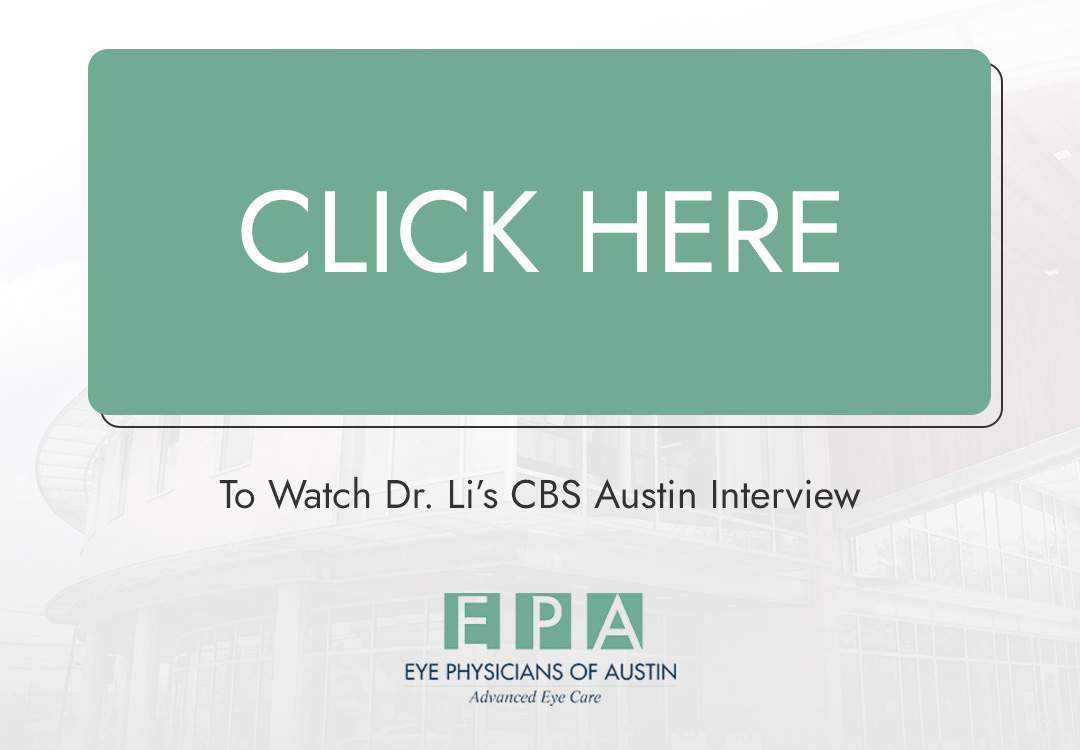As our birthdays increase, we find it more difficult to see objects up close without the aid of reading glasses which usually becomes noticeable at approximately the age of 40. This can be particularly frustrating if you wear contact lenses and want to continue to see clearly up close without the aid of reading glasses.
One solution is to adjust your contact lens prescription to reduce your need for “readers”. With monovision, we normally fit your dominant eye with a distant lens and your non-dominant eye with a near or reading lens.
With monovision, the eye corrected for distance vision will be slightly blurred up close and the eye corrected for near will be blurred when looking at distant objects. But, with both eyes open, and after an adaptation of two to six weeks, visual acuity, even though slightly compromised, should be adequate.
Though monovision might sound difficult to adjust to, most patients adapt well and eventually don’t even notice which eye is their “distance eye” and which is their “near eye”.
THE LIMITATIONS OF MONOVISION
The downside to monovision is that some people, (approximately 30% ) find that it compromises the clarity of their distance vision too much, making distant objects appear slightly blurred. Others find monovision doesn’t provide adequate near vision to give them the freedom from reading glasses they were hoping for.
Good lighting is essential to seeing clearly with monovision. Seeing clearly in diminished light can be a challenge such as reading at night or watching television or movies.
Night driving can be a challenge for some monovision patients. If this is the case we can prescribe eyeglasses to wear over your monovision contact lenses to aid with night driving.
Also, although the two eyes still work together as a team, binocular vision, is slightly compromised, which can and most likely will cause a decrease in depth perception.
COST OF MONOVISION CONTACT LENSES
Fitting monovision contact lenses is more complex and generally takes more office visits than a regular contact lens fitting. This is because even slight changes to the contact lens power on either eye in monovision can make a significant difference in the wearer’s visual satisfaction, and each modification of lens power should be followed by several days of lens wear to see how you adapt to the change.
Therefore, the fitting fee for monovision usually is significantly higher than a standard contact lens fitting.





